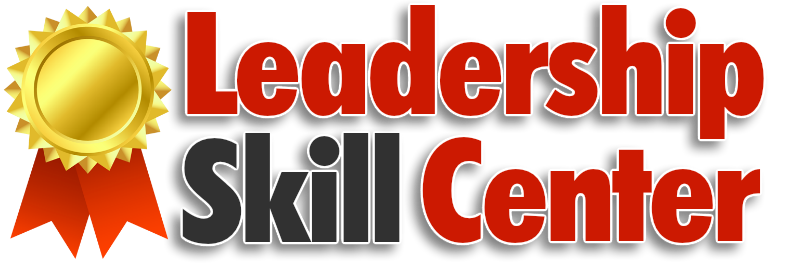How to get maximum results with minimum effort
Maximum Results with Minimum Effort
I guess that’s everyone’s dream. As a leader or manager your responsibility and role is to deliver set outcomes through the efforts of others – those people on your team.
Your role is not to do the tasks, but to make sure they get done.
And that all sounds fine … until you are faced with an employee whose performance is not up to scratch.
Now you are confronted with the challenge of bringing their performance up to the required standard. And I’ve never met a leader who doesn’t experience at least a little sinking feeling at the
prospect of working through all the difficult issues that can be associated with changing the attitudes and skills of an employee who needs to do better.
If even one member of your team isn’t performing well, your whole team will suffer.
Not only will your team’s results be effected, other team members who are doing their best will become disheartened by the impact of any inadequate contributions and the whole team culture and morale will suffer.
Poor performance by any team member presents a situation you just can’t afford to ignore. It demands your urgent attention – and you had better get whatever you decide to do right, or the problems can just escalate.
So what should you do?
Faced with a poorly performing employee your options are basically to move them on or help them get better.
As the first option is an option of last resort (and one that is not always available anyway) I will focus on how you can help a poorly performing employee get better. When you do this properly, you in effect gain a whole new team member for minimum effort so this is a very powerful option.
You have three primary options available for helping a poorly performing employee reach your required standard of performance:
1. Coaching
2. Training
3. Performance Management
All are valid, but each is best used in somewhat different circumstances.
* Performance Management (or Disciplinary Counselling)
This should be reserved for repeated instances of poor performance and matters of a very serious nature.
If Performance Management fails to produce satisfactory and sustained improvements in performance, the employee needs to understand they will no longer have a role to play in your team.
When you initiate a formal Performance Management process, you should ensure you have the authority and support required to enforce this, should it be required. A discussion with your supervisor and with your Human Resources department will help protect you, should you need to remove someone if their performance doesn’t improve.
* Training is an often overlooked means of improving performance.
Many people who learn skills and tasks on the job could do things better with even a day or two of formal training.
This is even more so with ‘soft’ skills like leadership, communication and management. So watch out for courses and opportunities to expand the skills of all the people on your team.
Two disadvantages with training are that it is often necessary to wait for an appropriate course to become available and courses can be expensive.
* Coaching, on the other hand, is one of your most valuable leadership tools.
You can use it every day, with good people who could be even better – AND with poor performers who need to improve their skills or attitude. Done well, it needn’t take very long, and it can show huge returns on the little time you invest.
Coaching doesn’t need any formal approval or additional funding and, by it’s very nature, when it is done well it builds team moral and makes employees feel valued and supported.
Of all your three options for performance improvement, coaching has huge potential to deliver maximum results for you with minimum effort. But it has to be done properly.
Once you have developed your own coaching skills you will have a powerful tool in your leadership toolkit. A tool you can apply not only to improve performance in poorly performing employees, but also to boost the performance of your best employees to exceptional results. All with minimum effort for maximum results – and who wouldn’t want that?
For more great ideas on how to improve employee performance through coaching visit: http://kmgsupport.com/PerformanceCoaching
———–
QUOTE OF NOTE
“Leadership, many have said, is different from management. Management is mostly about ‘to do’ lists – can’t live without them! Leadership is about tapping the wellsprings of human motivation – and about fundamental relations with one’s fellows.”
Tom Peters (American academic)
———–
How to Improve Employee Performance through Coaching:
Coaching is such a powerful leadership tool for improving employee performance – when it is done well – that I have written a new ‘Just the Gist’ Short Report on exactly how to do it to ensure you get effective results every time.
You will find all the details at:
http://kmgsupport.com/PerformanceCoaching
*** Remember if you are already a member of the Leadership Coaching Club you will get a copy of this, plus a huge range of information, leadership courses, audio programs, ebooks and other resources when you login. (If you aren’t a member yet, you’ll find all the details at: http://leadershipcoachingclub.com/ )
On the other hand if what you want to do is discover how to improve employee performance and boost team morale through effective coaching check out our new Short Report at:
http://kmgsupport.com/PerformanceCoaching
Kind regards
Kerrie
PS. We have a whole lot of things lined up to share with you this year. We hope you will be as excited about them as we are. Watch out for more details soon…
But for now check out How to Improve Employee Performance through Coaching and let us know what you think. That link again:
http://kmgsupport.com/PerformanceCoaching
